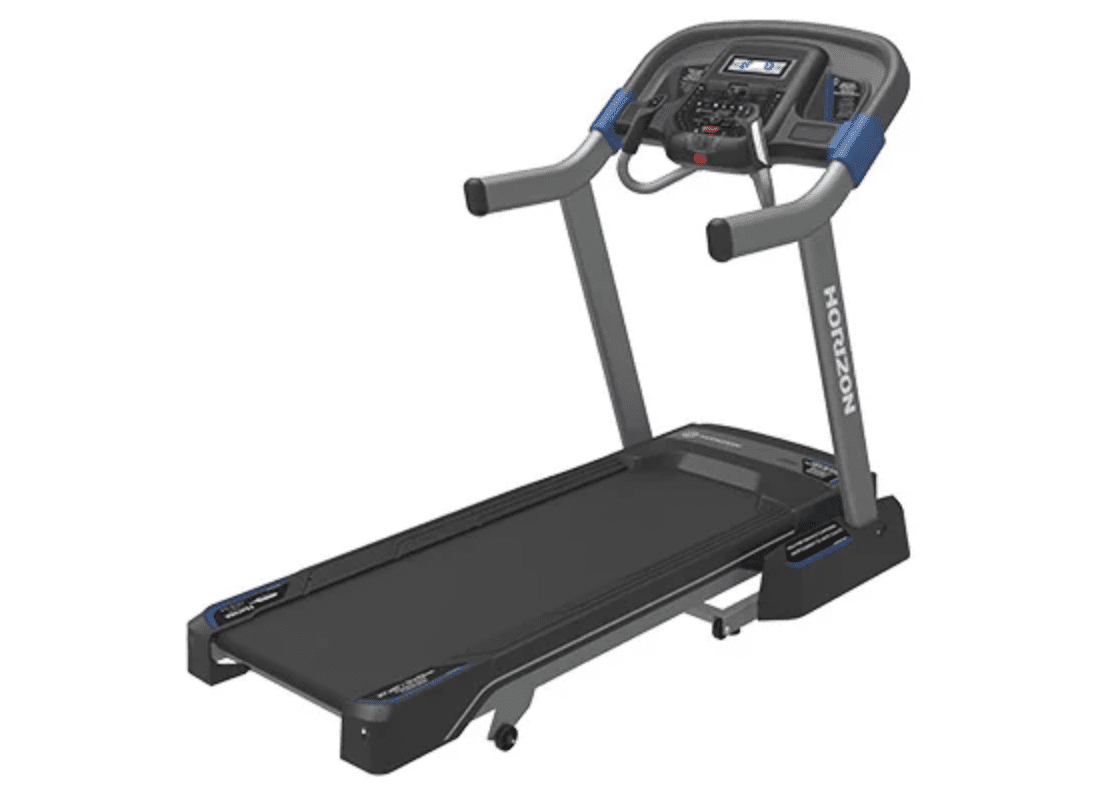Just because you’re working hard,doesn’t mean that you’re working smart. I see it every day. People come into the gym and hop on a treadmill for 30-60 minutes and then head over to the weights to do their resistance training. Even though my initial reaction is to walk up and smack them in the back of the head,the reality in the matter is…How would they know any better? Which is why I thought this article was so appropriate. After all,for years I’ve heard people say that if you do your cardio first, you’ll burn more fat during your weight training. Making your weight training an extension of your cardio.
Let’s look at why this isn’t true and see if we can save some people a little wasted effort. We’ll start out by looking at how your body uses the food you consume for fuel. You may have heard that you will burn more fat if you do your cardio on an empty stomach. The truth is that you will actually burn more fat during cardio if you have depleted your body of carbohydrates. You can eat proteins and dietary fats without affecting the way your body burns fat. In other words, you could eat some egg whites, chicken breast, or even a protein shake without any carbs in it, and still burn the same amount of fat during your cardio session as you would if you did it on an empty stomach. But if you ate an apple or a piece of bread before your cardio, you wouldn’t.
When you eat carbohydrates, your body stores them as glycogen in your liver and waits for your body to use them as fuel. When performing an aerobic activity, like walking or running on a treadmill, your body has the option of using glycogen stores or fat stores. The problem is that your body won’t use any fat stores until your glycogen stores are used up. On the other hand, during anaerobic exercise, like weight lifting, your body can only use glycogen as fuel.
So here’s how it plays out. Studies have shown that it can take as much as 29 minutes of cardio to burn your glycogen stores. So if you start your workout off with 30 minutes of cardio, not only did you burn fat for a whopping one minute, but you also depleted your body of the fuel it needs (glycogen) to do your resistance training. Now, in order to manufacture glucose (glycogen) during your weight training session, your body may actually break down muscle tissue to use certain amino acids as your fuel. You could end up losing muscle instead of gaining.
To make things simple, if you do your weight training first, you can use your glycogen stores as fuel. Then, when you move over to your cardio, you’re right where you want to be… with depleted glycogen stores, giving your body the opportunity to burn fat as a fuel source.
To learn more on how to use these facts for your “cardio only” days, read “Use Nutrition to Boost Your Cardio”.
This article was brought to us by our friends at ShapeYou.com




